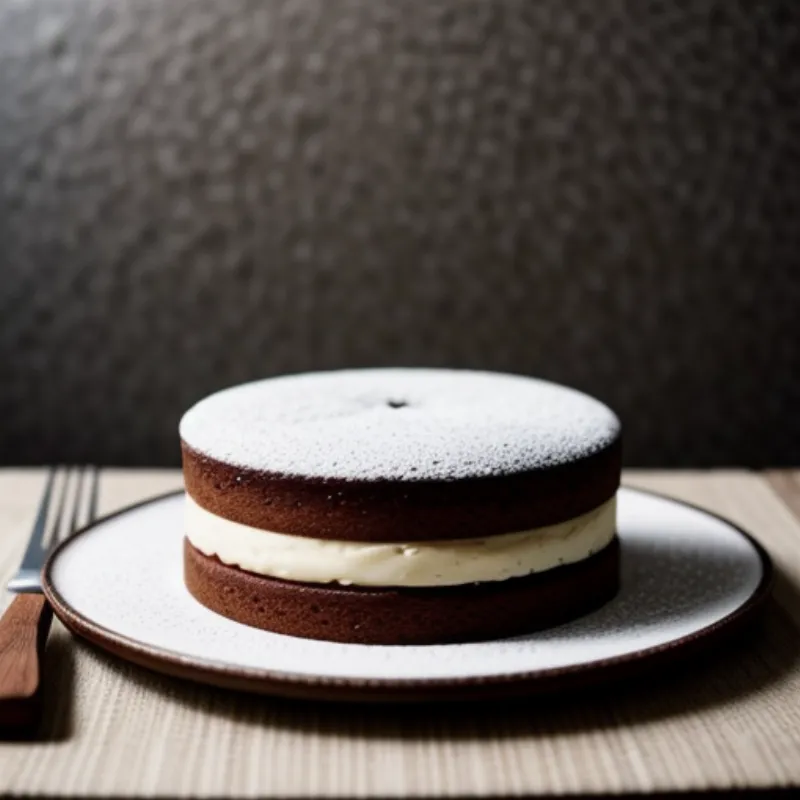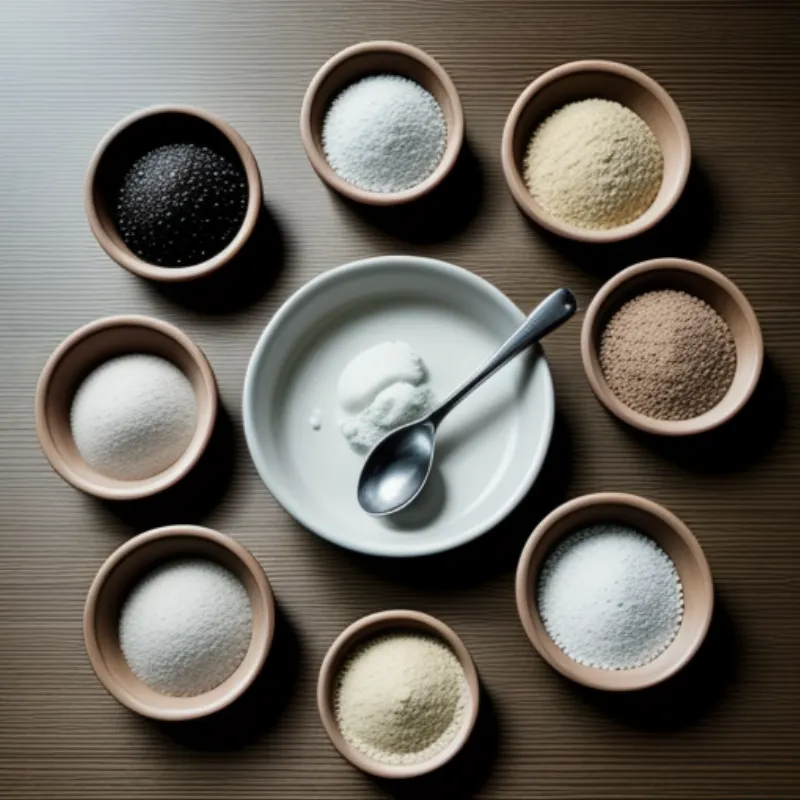Have you ever heard of a Cistercian cake? The name alone evokes images of ancient monasteries and secret recipes passed down through generations. While there’s no historical cake specifically known as “Cistercian cake,” the Cistercian monks were known for their simple living and resourcefulness, often baking with ingredients readily available to them.
Inspired by this spirit of ingenuity, we’re about to embark on a culinary adventure to create a delicious cake that reflects the essence of Cistercian simplicity. This recipe calls for basic pantry staples, yielding a treat that’s both humble and satisfying. Get ready to roll up your sleeves and discover the joy of baking a “Cistercian-inspired” cake!
Baking with History: A Simple Yet Delicious Cistercian-Inspired Cake
This recipe is a testament to the fact that deliciousness doesn’t require extravagance. Just like the Cistercian monks who found sustenance and joy in simple things, we’re going to create a cake that’s both wholesome and flavorful.
Ingredients: A Humble Collection for a Hearty Cake
- 2 cups all-purpose flour (or a gluten-free blend for a modern twist!)
- 1 cup granulated sugar (feel free to experiment with honey or maple syrup for a touch of natural sweetness)
- 1 teaspoon baking powder
- 1/2 teaspoon baking soda
- 1/4 teaspoon salt
- 1 cup milk (any kind will do – cow’s milk, almond milk, or even oat milk)
- 1/4 cup vegetable oil
- 1 large egg
- 1 teaspoon vanilla extract (for that warm, comforting aroma)
Optional additions:
- 1/2 cup chopped nuts (walnuts, pecans, or almonds would be lovely)
- 1/2 cup dried fruits (raisins, cranberries, or chopped dates would add a burst of sweetness)
Tools of the Trade:
- Two 9-inch round baking pans (or one square pan – the choice is yours!)
- Parchment paper (our trusty friend for effortless baking)
- Mixing bowls (because every baker needs a mixing bowl or two)
- Whisk (for banishing those pesky lumps)
- Measuring cups and spoons (precision is key in the baking world)
- Spatula (for scraping every last bit of batter)
- Toothpick (our secret weapon for testing doneness)
Crafting our Cistercian-Inspired Delight: A Step-by-Step Guide
- Preparation is Key: Preheat your oven to a cozy 350°F (175°C) and grease your baking pans. A light dusting of flour on top of the grease will ensure your cake slides out effortlessly.
- Dry Ingredients Unite: In a large bowl, whisk together the flour, sugar, baking powder, baking soda, and salt. This ensures even distribution of leavening agents for a perfectly risen cake.
- Wet Ingredients Take the Stage: In a separate bowl, whisk together the milk, oil, egg, and vanilla extract.
- The Grand Union: Gently pour the wet ingredients into the dry ingredients and whisk until just combined. Be careful not to overmix – a few lumps are perfectly fine!
- Optional Additions: Now’s the time to get creative! Fold in your nuts and/or dried fruits if you’re feeling adventurous.
- Ready for the Oven: Divide the batter evenly between your prepared pans.
- Baking Time: Bake for 25-30 minutes, or until a toothpick inserted into the center comes out clean.
- Cooling Down: Let the cakes cool in the pans for 10 minutes before inverting them onto a wire rack to cool completely.
Tips from a Baker’s Bench:
- Room Temperature is Your Friend: Bringing your eggs and milk to room temperature before mixing will help them incorporate more evenly into the batter.
- Don’t Open the Oven Door Prematurely: Resist the urge to peek during the first 20 minutes of baking, as this can cause the cake to sink.
- Testing for Doneness: If your toothpick comes out with a few crumbs attached, that’s okay! It just means the cake needs a couple more minutes.
Presenting Your Masterpiece:
Once your cake is completely cool, feel free to let your creativity shine! You can dust it with powdered sugar, drizzle it with a simple glaze, or even top it with fresh fruit.
 Simple Cistercian-inspired cake
Simple Cistercian-inspired cake
Beyond the Basics: Answering Your Cistercian Cake FAQs
Q: Can I use a different type of flour?
A: Absolutely! While the recipe calls for all-purpose flour, you can experiment with whole wheat flour, spelt flour, or even a gluten-free blend. Keep in mind that different flours may absorb liquid differently, so you may need to adjust the amount of milk accordingly.
Q: Can I make this cake ahead of time?
A: Certainly! This cake can be baked a day or two in advance. Simply wrap it tightly in plastic wrap and store it at room temperature.
 Ingredients for Cistercian-inspired cake
Ingredients for Cistercian-inspired cake
A Taste of History, Baked with Love
And there you have it – a delicious and easy-to-make “Cistercian-inspired” cake. This recipe is a wonderful reminder that sometimes the simplest things in life are the most rewarding. Now, put on your apron, preheat that oven, and enjoy the journey! Don’t forget to share your baking triumphs (and perhaps even a slice of cake) with us in the comments below!
Are you ready for your next baking adventure? Check out our other [internal_links] for more delicious inspiration.
